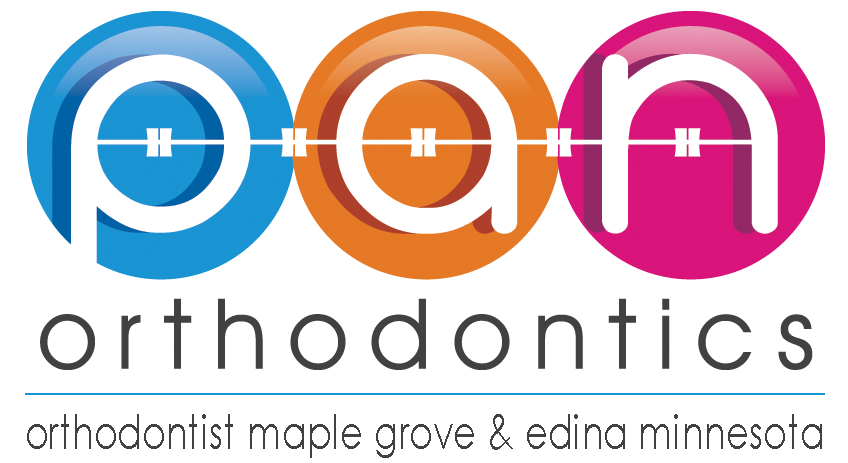Fixing a Crossbite Without Braces
While commonly used to correct bite misalignments, orthodontic braces are not the only remedy for a crossbite. This article will briefly examine crossbites and the various treatment options available.
What is a Crossbite?
Crossbites are a form of misalignment or malocclusion or the jaw or teeth. When a person’s bite is properly aligned, the upper teeth will fit slightly over the lower teeth and the molars should fit into the opposite molar’s grooves. With crossbites, the upper teeth fit inside the lowers and can cause a single tooth or multiple teeth to become misaligned. Plaque buildup becomes an issue as food particles often get trapped in the area and cleaning the surfaces of the teeth is more difficult. Crossbites can also lead to increased enamel wear, teeth grinding, cracked or fractured teeth, and gum disease.
Crossbites tend to be hereditary in nature and if addressed early in life, can be treatable. As such, people with family histories of crossbites, may want to seek treatment at a young age in order to maximize their chances of successfully correcting the issue and preventing further complications from developing later in life.
Crossbite Treatment Options
Orthodontic braces are one of the most common methods used to correct crossbites but there are a few other options that could be used depending on the specifics of the patient’s case.
- Palate Expander: These orthodontic devices are designed to widen the palate (roof of the mouth) to create adequate space in a child’s mouth. The goal with palate expanders is to widen a child’s narrow palate to properly align their jaw and upper teeth. Expansion treatments can only be performed prior to the jaw fully developing. As such, it is wise to invest in palate expansion early in life as the treatment is the most effective method for preventing crowded teeth, bad bites, and other alignment issues.
- Removable Expander: As the name suggests, this type of expander is removable, and orthodontists generally use them when the patient only requires slight widening or the upper palate. Typically worn at night, these devices look similar to acrylic retainers but are chrome.
- Surgically Assisted Rapid Palatal Expansion: When these devices are used, the oral surgeon first performs a procedure to intentionally break the jawbone in multiple locations. This allows the bone to be reset and bone growth is stimulated to increase the size of the jaw. Following surgery, the patient will be given a customized device to wear that supports the jaw while the bones regrow in place.
- Aligners: Most people are familiar with traditional metal orthodontic braces and they remain a popular choice for correcting crossbites. Traditional braces work by pulling the teeth gradually into place. Aligners are an alternative to metal braces and work by pushing, rather than pulling, the teeth into proper alignment. Unlike braces that are glued to the tooth surface, clear aligners do not connect to the teeth but are placed over them. Aligners provide flexibility that braces do not in that only a single tooth can be moved without affecting the surrounding teeth. And since the aligners are clear, many patients find their aesthetics preferable to metal braces.
